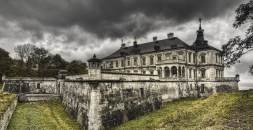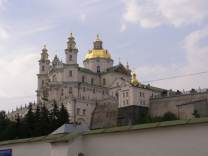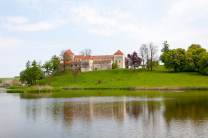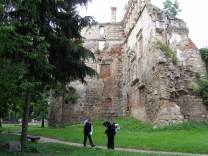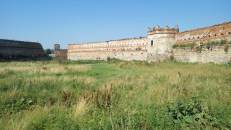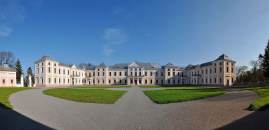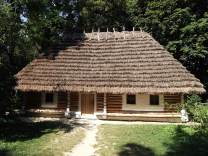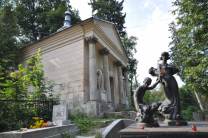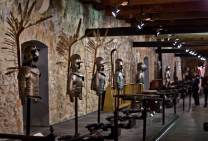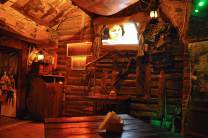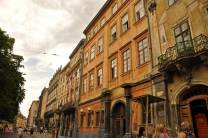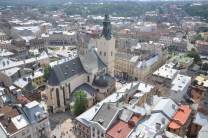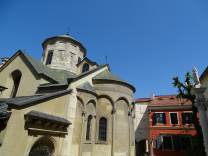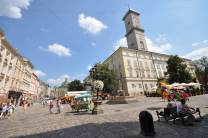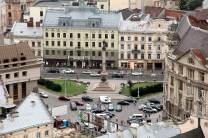Olesko Castle
Olesko Castle (Ukrainian: Олеський замок, Polish: Zamek w Olesku) is located within the borders of the present-day Busk Raion in Ukraine. The first historical records of the castle are in a document dated 1390, when Pope Boniface IX gave Olesko and Tustan to a Catholic bishop of Halych. It is located about seventy-five kilometers from Lviv, the largest city in western Ukraine.
Location
Entrance to Olesko Castle.Olesko Castle, oval in shape, stands on top of a small hill, about fifty meters in height. A moat and a wall surrounds it, which serves as a defence for the castle. The castle is also surrounded by a dense swamp. The land that the castle sat on changed ownership many times. It was originally on the border of land of Volhynia and land of Lviv.
The castle was, at different times, owned by Poland, Lithuania, and Hungary. It became a political landmark in the 14th century when movable borders between the three aforementioned countries ran through its territory. Battles for ownership of the castle were constant. A deep well in the basement of the castle was used as an escape route for besieged prisoners.
Inhabitants
In the 15th century, the castle was changed from being a defense point, to simply a getaway for aristocracy.
In 1605, the castle was bought by the nobleman Jan Daniłowicz h. Sas, a wealthy local landowner and Voivode of the Ruthenian Voivodeship. It was then sold to the family of Koniecpolski. The new owners, whose main residence was in Zhovkva, treated the castle poorly, and only in 1682 the castle was renovated by Jan III Sobieski, who bought the complex from Stanislaw Koniecpolski for 400 000 zlotys. In early 18th century, Olesko was bought by the family of Rzewuski, and its collection of antiques was moved to another castle the Rzewuscy owned, Pidhirtsi Castle.
The castle is perhaps most famous for being the birthplace of the Polish king Jan III Sobieski, the hero of the Battle of Vienna. He often lived there, and collected many of the artworks displayed in the...






